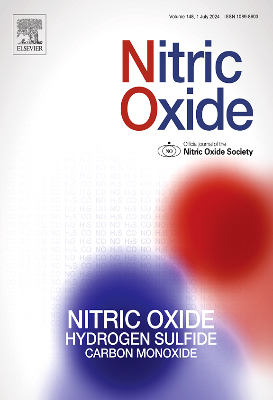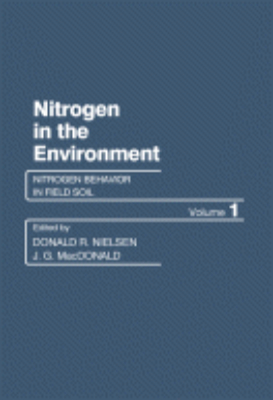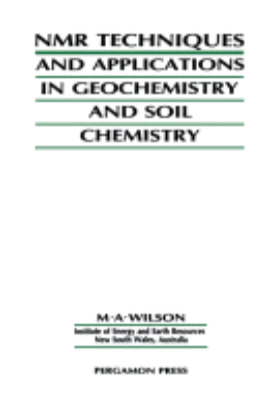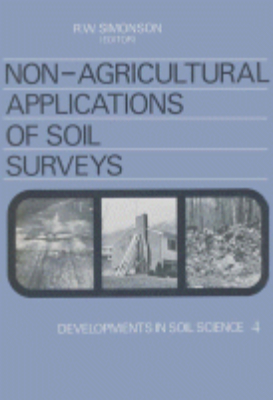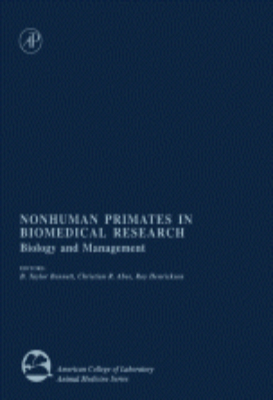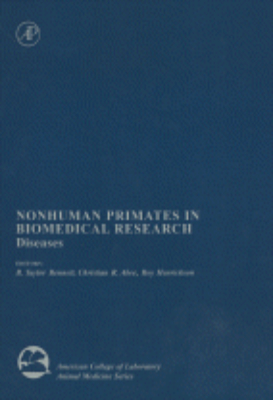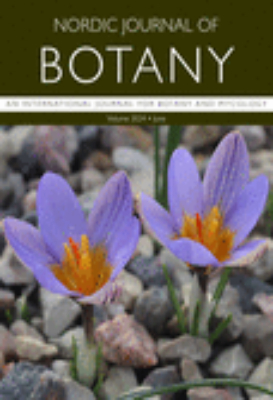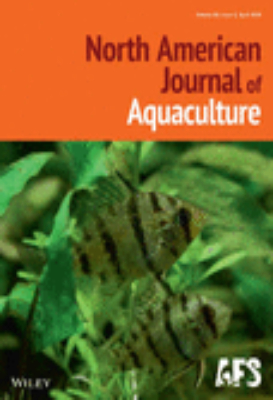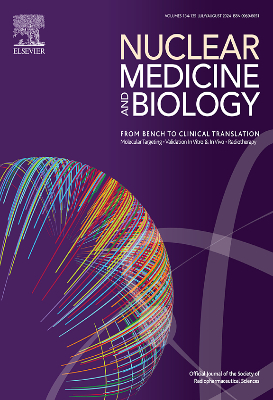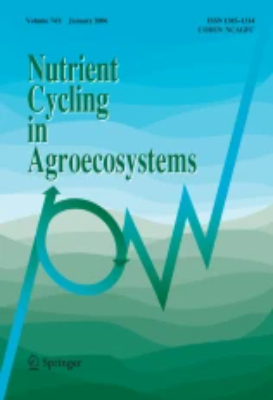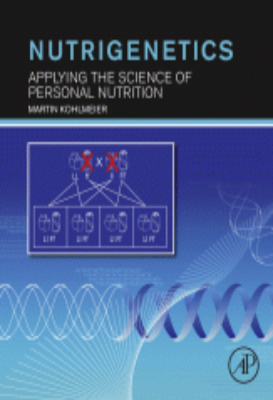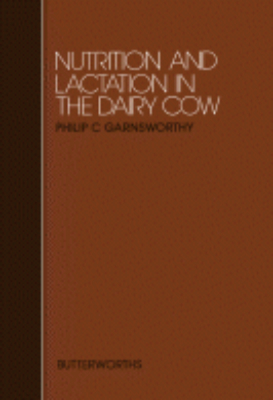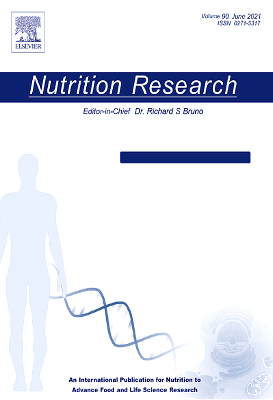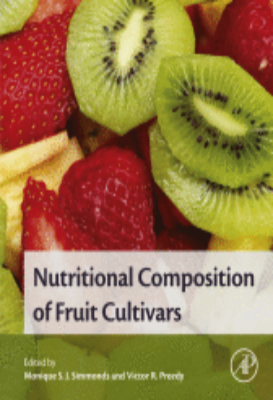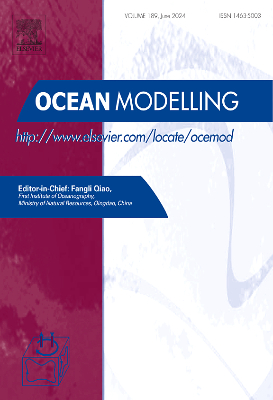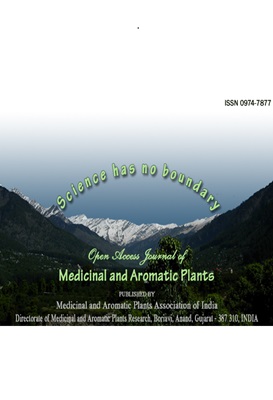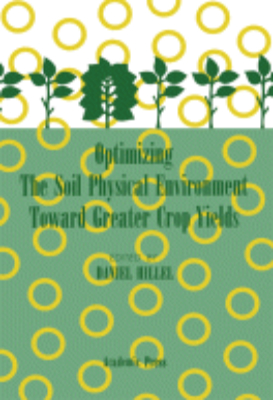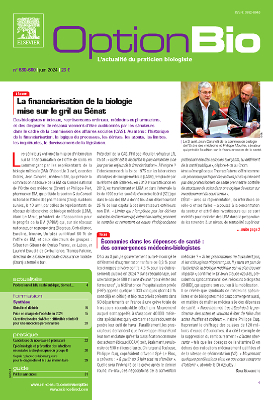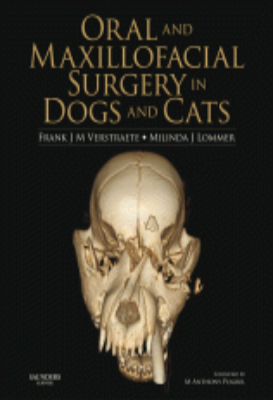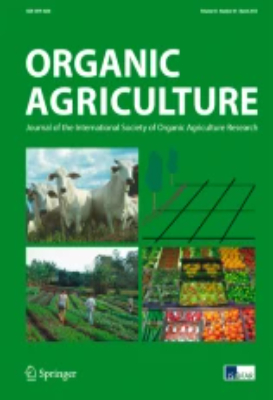E-Resources
Newer Methods of Nutritional Biochemistry: Volume 2
Newer Methods of Nutritional Biochemistry: With Applications and Interpretations, Volume II provides information pertinent to nutritional biochemistry, including the development in enzyme concepts and methodology. This book discusses the mechanisms of several inborn errors of metabolisms and explains the methods by which these errors may be detected. Organized into 11 chapters, this volume starts with an overview of the advantages of body compositional data that are useful in evaluating treatment effects associated with physiological or nutritional experiments. This text then delineates the detection of aberrations in the metabolism of tryptophan, which may be induced by pathological stress. Other chapters consider the impact of hormones on the utilization of several nutrients. This book discusses as well the utilization of the essential nutrients, including amino acids, biotin, folic acid, pantothenic acid, and fat-soluble vitamins. The final chapter deals with principles and methods of nutritional needs in humans. Biochemists, graduate students, and investigators in the life sciences will find this book useful.
Newer Methods of Nutritional Biochemistry: Volume 3
Newer Methods of Nutritional Biochemistry: With Applications and Interpretations, Volume III presents the pressing problems in emergency feeding of populations in developing areas of the world with emphasis on the need for simple procedures to assess utilization of dietary proteins. This book reviews the criterion of protein utilization and considers the important components of protein metabolism. Organized into 11 chapters, this volume starts with an overview of the metabolic changes induced by deficiencies of essential nutrients. This text then examines the problems of human protein needs in the light of the food habits of vegetarians. Other chapters explore lipid metabolism in terms of its dynamic mechanisms. This book discusses as well the significance of minerals in the utilization of primary foodstuffs, namely, carbohydrates, proteins, and fats. The final chapter deals with the methodology for studies in human nutrition. This book is a valuable resource for biochemists, graduate students, and clinical researchers.
Newer Methods of Nutritional Biochemistry: Volume 5
Newer Methods of Nutritional Biochemistry: With Applications and Interpretations, Volume V, presents discussions and reviews of procedures that may have a significant impact on the future progress of the science of nutrition. Comprised of seven chapters, this book discusses the nutritional and metabolic aspects of circadian rhythms; the relationship of amino acid requirements in terms of amino acid composition and availability from various food sources; and the characteristics of protein-calorie malnutrition. It also describes methods, biochemical mechanisms, and dietary factors that influence the metabolic conversion of dietary carbohydrates into lipid moieties. The book examines the influence of nutritional factors on ribosomal dynamics and discusses the isolation, physical, and biochemical characteristics of proteinase inhibitors found in soy and lima beans and other edible vegetable seeds. A novel method for determining the biological value of protein foodstuffs is also included. This book will be a valuable resource for graduate students and investigators in nutrition and other life sciences.
Nitrogen Behavior in Field Soil
Nitrogen in the Environment, Volume 1: Nitrogen Behavior in Field Soil is the first of a two-volume treatise based on manuscripts presented at the international conference on ""Nitrogen in the Environment, held at the University of California Conference Center, Lake Arrowhead, in February, 1977. All original manuscripts were revised in accordance with discussions at the conference. The chapters published in these volumes are those revised manuscripts, with provisions in each chapter to preserve the major suggestions for their improvement. These two volumes Nitrogen Behavior in Field Soil and Soil-Plant-Nitrogen Relationships should be of value in bringing into perspective current knowledge on selected aspects of nitrogen in the environment. This book contains 26 chapters and begins with a paper on field trials with isotopically labeled nitrogen fertilizer. Separate chapters follow on topics such as computer simulation modeling for nitrogen in irrigated croplands; spatial variability of nitrogen in soils; application of gaseous-diffusion theory to measure denitrification; and measurement and prediction of anaerobiosis in soils.
NMR Techniques & Applications in Geochemistry & Soil Chemistry
The book provides an in-depth review of the state of the art of NMR spectroscopy as applied to a wide range of geochemical problems. It is intended to assist geochemists and spectroscopists working at the interface between geochemistry and NMR, and almost all areas of organic and inorganic geochemistry where NMR has had an influence are discussed.
Nonhuman Primates in Biomedical Research: Biology and Management
Nonhuman Primates in Biomedical Research: Biology and Management represents the most comprehensive publication of its type on nonhuman primates. It also provides basic information on the biology and management of primates for anyone responsible for the care and use of these animals. A related book on primate diseases will be published in 1996.
Nonhuman Primates in Biomedical Research: Diseases
This volume and its companionNonhuman Primates in Biomedical Research: Biology and Managementrepresent the most comprehensive publications of their type on nonhuman primates. This volume addresses the diseases of nonhuman primates with an emphasis on the etiological factors, clinical signs, diagnostic pathology, therapy, and management. Its companion volume serves as a general reference for those who provide care for these animals and for those who use them in biomedical research.
Nuclear Magnetic Resonance in Biochemistry
Nuclear Magnetic Resonance in Biochemistry: Principles and Applications focuses on the principles and applications of nuclear magnetic resonance (NMR) in biochemistry. Topics covered include experimental methods in NMR; the mechanisms of NMR relaxation; chemical and paramagnetic shifts; spin-spin splitting; the use of NMR in investigations of biopolymers and biomolecular interactions; and molecular dynamics in biological and biochemical systems. This text is comprised of eight chapters; the first of which gives an overview of NMR spectroscopy and its use in studies of biological systems. The next two chapters discuss the theoretical basis for NMR applications in biochemistry, with emphasis on Bloch equations, quantum mechanics, correlation function and correlation time, double resonance, and chemical exchange. The reader is then introduced to the basis for chemical shifts and spin-spin splitting, along with several examples of the use of these NMR parameters in studies of small molecule interactions and structure. The experimental apparatus and procedures employed in NMR studies, Fourier transform NMR, and NMR spectral parameters of small molecules interacting with macromolecules are also considered. The book highlights the information obtainable from the spectra of biopolymers, and then concludes with a chapter on NMR investigations of the state of motion of lipids in membranes and model membranes; water in macromolecular and cellular systems; and sodium ion in biological tissue. This book is intended primarily for chemists, biochemists, biophysicists, and molecular biologists, as well as graduate students.
Nutrigenetics
Nutrigenetics: Applying the Science of Personal Nutrition provides a fully referenced, readable guide to understanding the rationale and importance of nutrigenetic applications and explains why single nutrition recommendations will not fit everybody or even a majority of modern humans. This books explains how genetic variation shapes individual nutrition requirements and sensitivities, presents questions to ask about reported gene-nutrient interactions, and what needs to be done before putting nutrigenetic tests to practical use. This book blends key concepts from the fields of genetics, biochemistry, epidemiology, public health, and clinical medicine to give a rich perspective on the genetically diverse nutritional needs and sensitivities of individuals in health and disease. A steadily increasing number of people order genetic tests to find out what they should eat for better health, well being and performance, and an even greater number asks their healthcare providers about such tests. Most of the currently offered tests are not grounded in current knowledge, often absurdly so, but few professionals can explain why they are misguided. On the other hand, there are more evidence-supported genetic variants that can guide nutrition decisions, but again most healthcare providers know little about them, much less use them in their daily practice. There is a great need for a solidly evidence-based yet accessible book that explains the science of nutrigenetics and provides the tools to evaluate new nutrigenetic tests.
Nutrition and Biochemistry of Milk/maintenance
Lactation: A Comprehensive Treatise, Volume III: Nutrition and Biochemistry of Milk/Maintenance focuses on the nutrition and biochemistry of milk and its constituents, including the nutritional aspects of milk as a food and nutritional maintenance of lactation in those species from which milk is utilized as a source of human food. This book is divided into two partsbiochemistry of milk and its nutritive quality and maintenance of lactation. In these parts, this volume specifically discusses the differences among species in milk composition; significance of polymorphism; pesticide residues in bovine milk; and transfer of radiostrontium into milk. The role of the mammary gland in the immune system; methodology of diagnosis of milk hypersensitivity; and metabolic defects in galactose metabolism are also elaborated. This text likewise covers the factors affecting nutritional requirements of lactating animals and shape of the lactation curve. This publication is useful to biologists, food technologists, and college students interested in lactation research.
Nutrition and Lactation in the Dairy Cow
Nutrition and Lactation in the Dairy Cow is the proceedings of the 46th University of Nottingham Easter School in Agricultural Science. Said symposium was concerned with the significant advances in the field of nutrition and lactation in the dairy cow. The book is divided in five parts. Part I deals with the principles behind nutrition and lactation of cows. Part II discusses the cows nutrient interactions; responses to nutrients that yield protein and energy; and the influence of nutrient balance and milk yields. Part III tackles the efficiency of energy utilization in cows and its relation to milk production. Part IV talks about food intake of cows and the factors that affect it, while Part V deals with the different feeding systems for cows. The text is recommended for those involved in raising cows and dairy production, especially those who would like to know more and make studies about the relationship of nutrition and lactation of cows.
Nutritional Biochemistry
"Nutritional Biochemistry takes a scientific approach to nutrition. It covers not just ""whats""--nutritional requirements--but why they are required for human health, by describing their function at the cellular and molecular level. Each case study either leads to a subsequent discovery or enables an understanding of the physiological mechanisms of action of various nutrition-related processes. The text is ""picture-oriented"" and the commentary is directed towards explaining graphs, figures, and tables. Nutritional Biochemistry includes a discussion of relevant aspects of physiology, food chemistry, toxicology, pediatrics, and public health. Experimental techniques for nutritional science are emphasized, and primary data is included to help give students a feel for the nutrition literature. This ""real-world"" approach provides students with a realistic view of the basis for much of our understanding of nutritional biochemistry. Key Features. Integrates biochemistry and nutrition in a case-oriented method. Emphasizes a hands-on approach to learning - case histories and clinical and research data illustrate all major points. Places emphasis on metabolism - metabolic pathways, enzymology, nutrient requirements (including RDA values). Reveals the benefits of the Mediterranean diet, the biochemistry of exercise, the cell signaling pathways, how nutrition can influence the development of cancer, and the anthropometry and genetics of obesity"
Nutritional Composition of Fruit Cultivars
"Nutritional Composition of Fruit Cultivars provides readers with the latest information on the health related properties of foods, making the documentation of the nutritive value of historical cultivars especially urgent, especially before they are lost and can't be effectively compared to modern cultivars. Because there is considerable diversity and a substantial body of the compositional studies directed towards commercial varieties, this information is useful for identifying traits and features that may be transposed from one variety to another. In addition, compositional and sensory features may also be used for commercialization and to characterize adulteration. Detailed characterization of cultivars can be used to identify ""super-foods"". Alternatively, unmasked historical cultivars may be the focus of reinvigorated commercial practices. Each chapter in this book has sections on the botanical aspects, the composition of traditional or ancient cultivars, the composition of modern cultivars, a focus on areas of research, the specialty of the communicating author of each chapter, and summary points. Key Features. Presents the botanical aspects and composition of both traditional and modern plants, including in-depth insight into current research, and overall summary points for each fruit for consistent comparison and ease of reference. Provides important information in the consideration of preservation, transference, or re-introduction of historical/traditional cultivars into current crop science. Provides details on compositional and sensory parameters, from aroma and taste to micro- and macronutrients. Includes data on nutraceuticals and novel components that have proven to impact on, or be important in, food quality, storage, processing, storage, and marketing"
Opioid Peptides: Biology Chemistry and Genetics
The Peptides: Analysis, Synthesis, Biology, Volume 6: Opioid Peptides: Biology, Chemistry, and Genetics presents a biological topic of peptide research. This book is divided into nine chapters. Chapter 1 reviews the opioid peptide precursors and their genes. The proenkephalin and products of its processing are discussed in Chapter 2. In Chapter 3, the role of pro-opiomelanocortin (POMC) as a protein at the interface of the endocrine and nervous systems is examined. Chapter 4 provides a comprehensive account of the biology and chemistry of the dynorphin peptides. The opioid receptors are described in Chapter 5. Chapter 6 evaluates the structure-activity relationships of -endorphin, while Chapter 7 considers the conformational analysis of enkephalins and conformation-activity relationships. The structure-activity relationships among enkephalin peptides are elaborated in Chapter 8. The last chapter is devoted to the clinical significance of opioid peptides in humans. This publication is a good reference for biologists, specialists, and researchers concerned with peptides and proteins.
Optimizing the Soil Physical Environment Toward Greater Crop Yields
Optimizing the Soil Physical Environment Toward Greater Crop Yields contains the proceedings of an invitational panel convened during the International Symposium on Soil-Water Physics and Technology held at The Hebrew University Faculty of Agriculture in Rehovot, Israel, August 29 to September 5, 1971. Organized into 13 chapters, this book begins with a discussion on the criteria for determining the aims and direction of research in soil physics and technology. Some chapters deal with the transformation and fluxes of energy and matter in the field, particularly water, soil temperature, soil structure, soil salinity, radiation climate, and nutrient supply and uptake. The book also explores the methods of measuring, managing, and modifying the crop production system to greater agricultural advantage. This book will reflect not only what is known, but also what is missing in the incomplete conception of this environment.
Oral and Maxillofacial Surgery in Dogs and Cats
Oral and Maxillofacial Surgery in Dogs and Cats offers a unique, detailed, comprehensive and highly illustrated account of surgical procedures that will improve outcomes for all surgical and dental specialists. In drawing together the expertise of specialists worldwide, it will also prove indispensable for general practitioners with a dental and oral caseload. Basic principles are considered prior to in-depth treatment of surgical conditions. The book combines expertise from both human and veterinary oral surgeons to provide an authoritative reference with a strongly practical slant. It is likely to become the standard work in the field for many years.
ORD and CD in Chemistry and Biochemistry
ORD and CD in Chemistry and Biochemistry: An Introduction essentially presents the necessary foreword and theoretical foundation for the useful application of optical rotatory dispersion (ORD) and circular dichroism (CD) to certain common chemical problems. This book emphasizes the precision of ORD and CD data in terms of stereochemical information. The book begins with some historical references and a concise review of basic principles on stereochemistry. It further delves onto the phenomena of optical activity. Also included are the definitions and units commonly used in ORD and CD. The book also discusses optical properties of polymers, organometallic, and inorganic derivatives; and some of the aspects of magnetic optical rotator dispersion (MORD) and magnetic circular dichroism (MCD). A table that presents wavelength range of the Cotton effects of most chromophoric groupings concludes the book. This monograph is a helpful reference to students as well as professionals from both chemistry and biochemistry fields of science.




